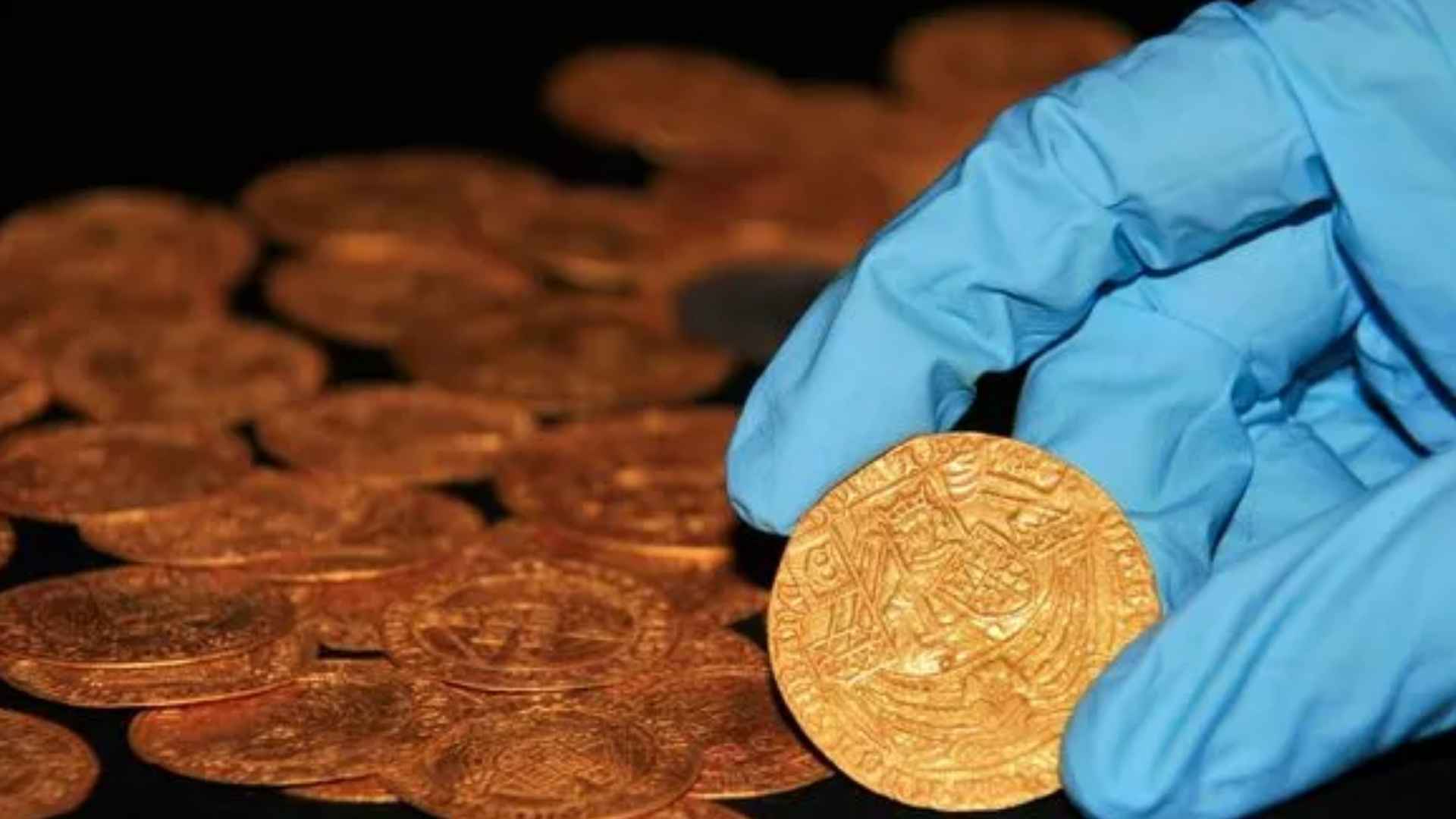Sixth‑century gold copy of a Byzantine coin, found near Thaxted, sheds fresh light on forgotten elite society and may soon sparkle in a local museum.
A coin‑like pendant unearthed outside Thaxted, Essex, is turning the spotlight on a shadowy slice of sixth‑century Britain. The 19.6 mm piece, now declared treasure, suggests wealthy networks once thrived where records fall silent.
For years archaeologists assumed Essex lagged behind its better‑documented neighbors. Now, this high‑purity gold copy of a Byzantine solidus struck for Emperor Justin II (AD 565‑578) tells a different story. Minted on the Continent and carried across the Channel, it likely dangled from the neck of a local powerbroker.
Early medieval gold coin pendant discovery in Thaxted sheds new light on elite society
County finds liaison officer Lori Rogerson calls the pendant one of several surprises “flipping what we thought we knew on its head.” Because written sources for sixth‑century Essex are scarce, every artifact counts. And what an artifact this is: fine workmanship, international iconography, and enough karats to mark out an elite owner. Talk about making a statement!
So why is a copy, not an original, important? Replicas let post‑Roman rulers signal imperial style without Roman control. Consequently, the pendant hints that someone in Thaxted wanted to broadcast authority on par with Mediterranean courts – a bold move in rural England, wouldn’t you agree?
| Detail | Information |
|---|---|
| Diameter | 19.6 mm (0.7 in) |
| Material | High‑purity gold |
| Design source | Solidus of Justin II, Byzantine Emperor |
| Find spot | Farmland near Thaxted, Essex |
| Legal status | Declared treasure by county coroner |
| Potential home | Saffron Walden Museum (pending acquisition) |
Beyond the numbers, the pendant joins a growing list of elite discoveries:
- Prittlewell burial chamber (Southend‑on‑Sea, AD 580‑605)
- Gold finger ring from Epping Forest
- High‑status objects near Colchester and Chelmsford
Each find widens the map of early medieval influence across the county.
What the sixth‑century Byzantine replica tells us about elite networks and local power
Artifacts this rare seldom emerge from commercial digs; most appear thanks to dedicated detectorists. Without them, Rogerson notes, Essex’s elite “would stay in the dark.” The pendant confirms that prestige goods flowed along trade and gift routes, binding Thaxted’s rulers to continental partners. Could more pieces lie waiting just below the plow line?
Curators hope the item soon goes on display so residents can see, up close, the craftsmanship that once flashed in the fields around them. After all, history feels different when gold catches the light.
A thumbnail‑sized treasure is rewriting regional history, proving that sixth‑century Essex hosted individuals wealthy enough – and worldly enough – to copy Rome’s heirs in gold.

